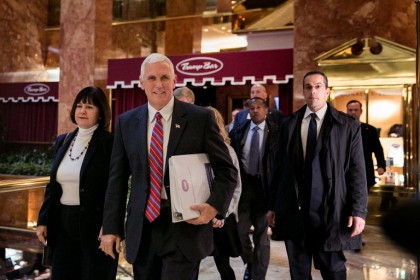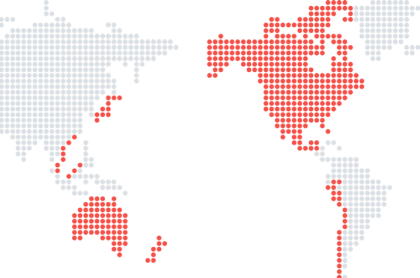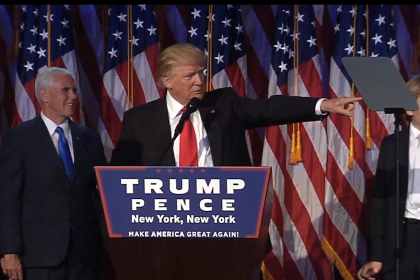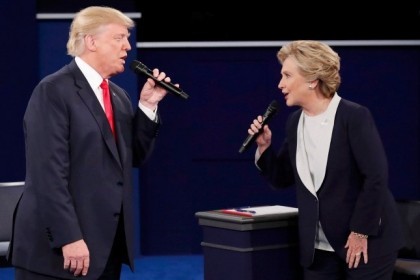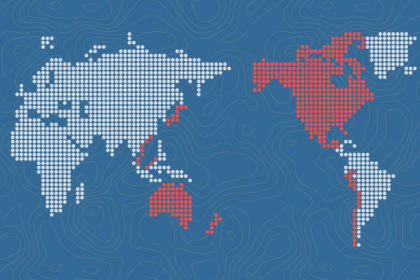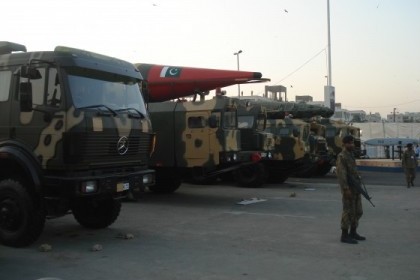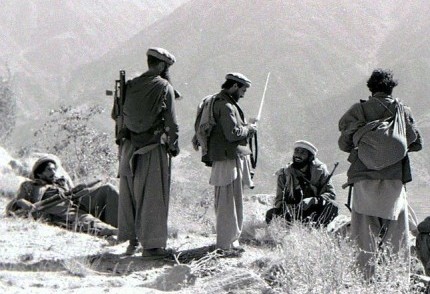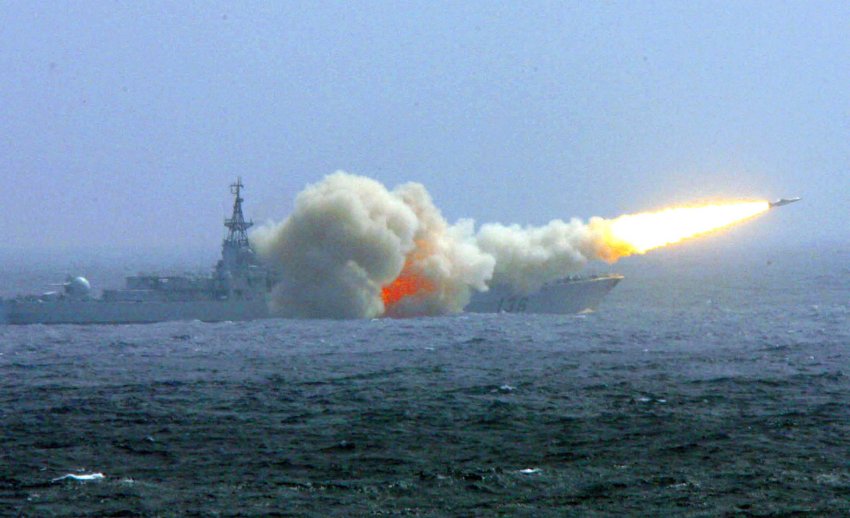Turf wars for Trump’s transition team
Transiting from one administration to the next is never easy, but Trump’s dilemma is particularly difficult: he has to bring in change and also find candidates who have the respect of their peers. Are the differences of opinion on his choices a sign of things to come?

